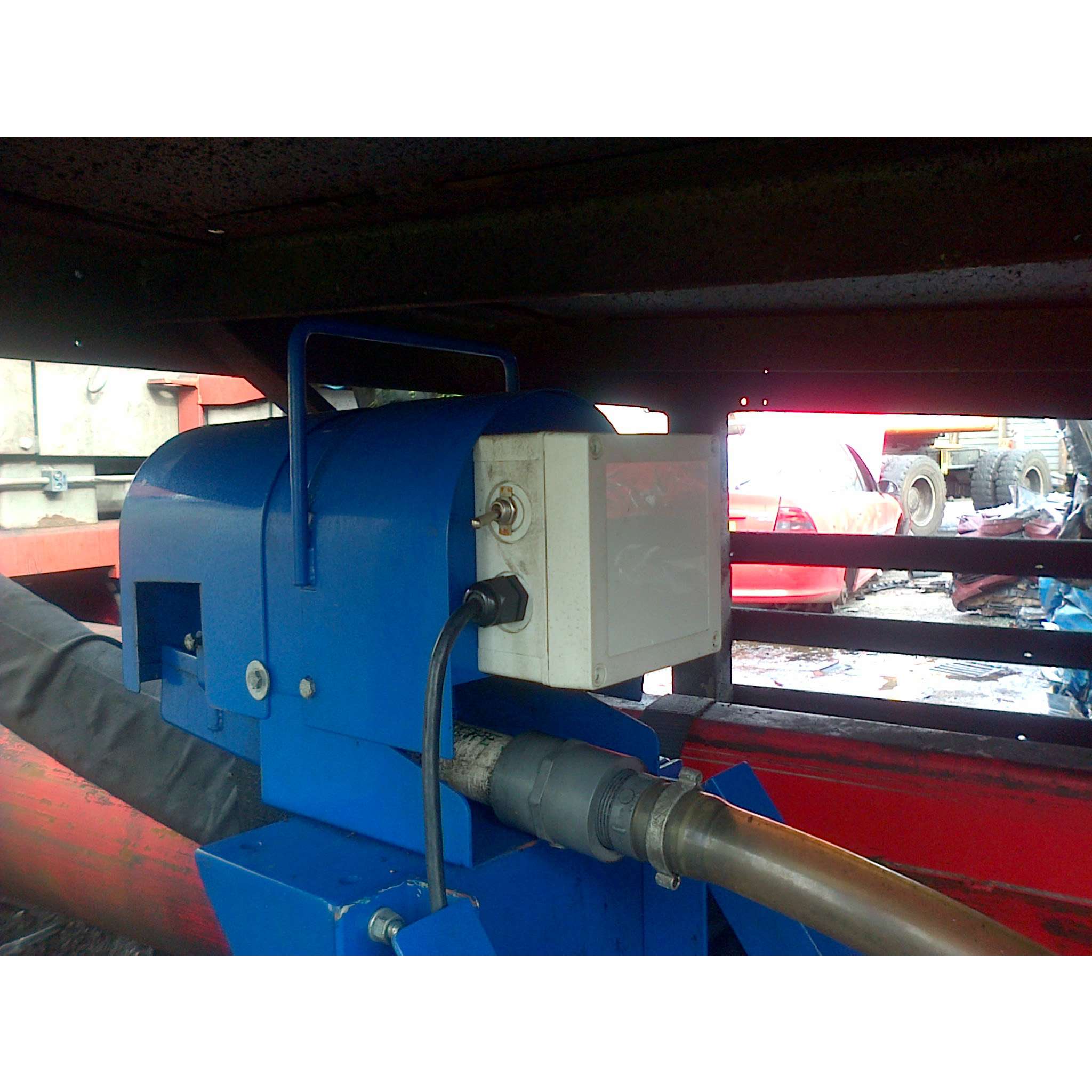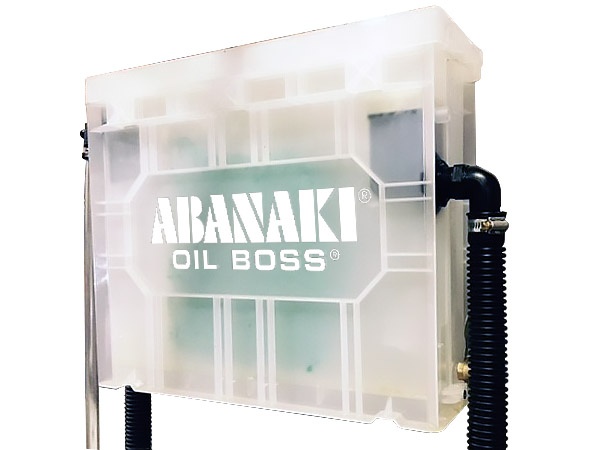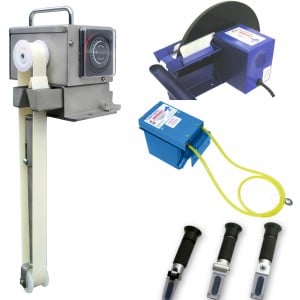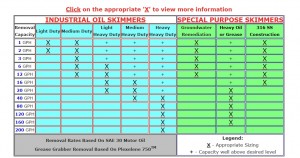In today's fast-paced industrial environments, operational efficiency is everything. Yet, a common and often overlooked problem—oil contamination—can quickly derail productivity, compromise part quality, and drive-up maintenance costs.
During parts washing and machining processes, unwanted oil contamination frequently occurs. Without proper management, waste oil can re-contaminate freshly cleaned parts and dramatically shorten coolant life, leading to more frequent fluid replacement, unscheduled maintenance, and even equipment failure.
Ignoring this problem not only impacts operational performance but also adds unnecessary environmental and disposal challenges.
Why Oil Skimming Matters
Oil skimming provides a simple, cost-effective solution to combat oil contamination at its source. By continuously removing floating oils from the surface of process fluids, a well-designed oil skimmer helps maintain fluid integrity, extends coolant and cleaner life, improves part cleanliness, and reduces wastewater treatment demands.
For facilities using parts washers or machining centers, integrating an oil skimmer isn’t just beneficial—it’s a smart preventative maintenance measure that pays for itself over time.
Introducing the Tote-It Oil Skimmer: A Proven Solution
When it comes to choosing an oil skimmer you can rely on, the Tote-It Oil Skimmer stands out. Specifically engineered for industrial environments, the Tote-It is built to withstand the rugged conditions commonly found in parts washers and machining operations.
Whether dealing with fluctuating temperatures, aggressive pH levels, or high particulate loads, the Tote-It maintains consistent, reliable performance day after day.
Key Advantages of the Tote-It Oil Skimmer
✔ Lightweight and Portable
At just 36 lbs., the Tote-It is easily portable, allowing operators to move the unit between tanks, sumps, and machines as needed. This mobility makes it ideal for facilities where multiple stations require periodic oil removal without investing in a skimmer for each one.
✔ Efficient Oil Removal
Using a single oleophilic (oil-attracting) belt, the Tote-It quickly lifts oil from the fluid surface and directs it into a collection container. This simple, yet highly effective mechanism minimizes oil buildup and keeps working fluids cleaner for longer.
✔ No Tank Modifications Required
Designed for flat-mount installation, the Tote-It typically needs no modifications to existing tanks or reservoirs. That means fast, hassle-free deployment without costly downtime or retrofitting.
✔ Handles Fluctuating Liquid Levels
Unlike many other oil removal systems, the Tote-It maintains strong efficiency even when fluid levels rise and fall. This feature is crucial for parts washers and machine sumps where fluid volumes can change during operation or cleaning cycles.
✔ Minimal Maintenance
Built with durability in mind, the Tote-It requires very little maintenance to keep it running smoothly. Routine inspection and occasional belt cleaning are usually all that’s needed, reducing the burden on your maintenance team and keeping your process fluid systems operating optimally.
Long-Term Benefits of Oil Skimming
Implementing an oil skimmer like the Tote-It doesn’t just solve immediate contamination issues—it delivers measurable long-term benefits, including:
- Extended coolant and cleaner life: Reduce the frequency of fluid replacement, lowering operational costs.
- Improved part quality: Clean parts are essential for downstream processes like coating, painting, or assembly.
- Reduced wastewater volume and disposal costs: Cleaner fluids generate less oily waste, easing environmental compliance.
- Less equipment downtime: Cleaner fluids mean less wear, fewer clogs, and longer equipment life.
Oil contamination in parts washing and machining processes is a silent culprit that can cause significant operational headaches. Proactively addressing it with a durable, efficient solution like the Tote-It Oil Skimmer not only protects your operations but also enhances your bottom line.
Don't let oil contamination undermine your hard work. Equip your facility with the right tools to stay cleaner, more efficient, and more productive.
To learn more about oil skimmers, please contact our experts at 440-543-7400 or visit our website: www.abanaki.com
You are just one step away from downloading Abanaki's most detailed resource on our oil skimming equipment. Simply click at the button to get your ultimate guide now.











